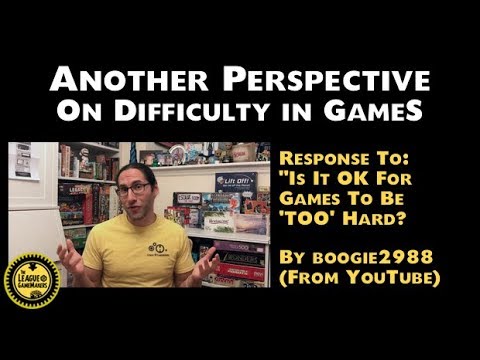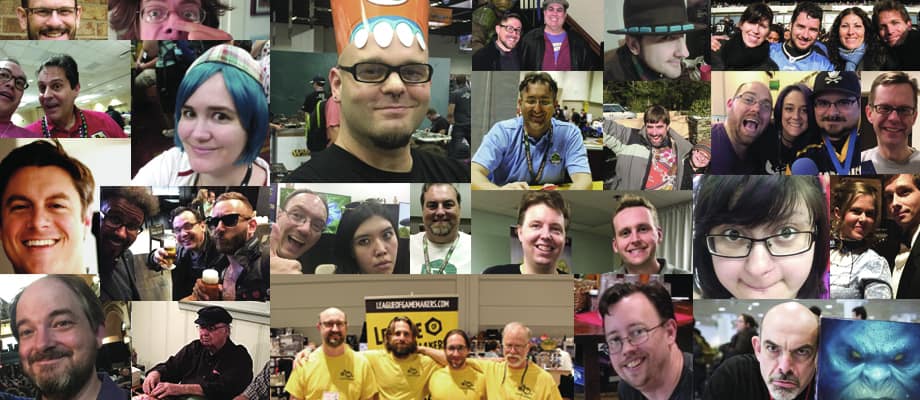
A few days ago, boogie2988 posted his thoughts on the Cuphead Controversy and difficulty in games: “Is it OK for games to be ‘TOO’ Hard?”
While that video was focused on video games, it inspired me to think about difficulty in games the impact it has on your game’s audience and market. A bit rambling (even for me), but I touch on a number key considerations when thinking about difficulty and how to expand your audience.
ANOTHER PERSPECTIVE ON DIFFICULTY IN GAMES








